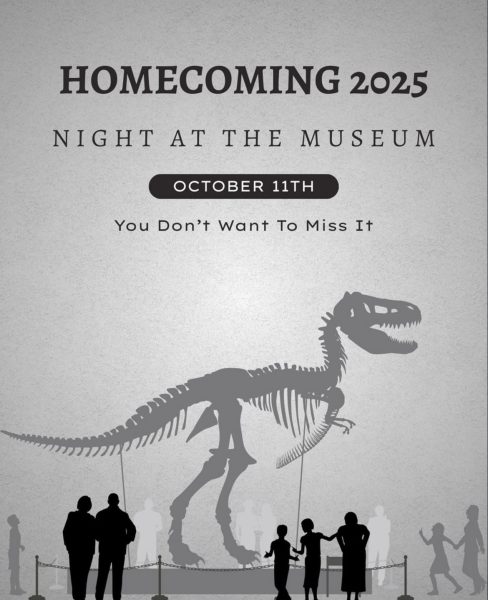Body Positivity at Arrowhead
If you had the choice between pizza or salad at a restaurant, which would you choose? Now, imagine being 15 and making the same choice. Obviously, you would want pizza right? Shockingly, teens can struggle to make this choice. According to the Council on Size and Weight Discrimination, 70% of normal weight high school girls feel fat and are dieting. Normally, a teen’s biggest concern would be about making friends or getting good grades or sports. Now, on top of all that, a 21st century high school teen worries about their weight.
“It’s easier to be positive about other people’s bodies than it is to be about your own,” says Arrowhead junior Dana Gavin. “Besides, who needs body positivity when you have chocolate fudge pop tarts?”
The history of body image and beauty standards goes back as far as human history. In recent centuries, artists and painters depicted woman beauty standards as pale, rubenesque figures. As history continued forward, the woman’s waist began to thin out and the chest and backside area gradually grew bigger. According to Medical Daily, women have always been under some sort of pressure to look a certain way, whether it was the thicker body type of the 40’s and 50’s or the skinny models that overpopulate today’s tabloids and magazines. That isn’t to say that body image trends don’t affect men though, with the pressure to be tall, fit, and muscular in order to attract any sort of attention.
“The problem with society is that people believe that celebrities are normal standards and kids start to think that those ideals are healthy and that they have to look like them,” says Arrowhead junior Sophie Carey.
“I think the standards are too high, honestly,” says Arrowhead junior Lizzy Leidel. “This kind of stuff can lead to eating disorders and such. It’s really unhealthy and makes a really insecure society. It makes people who already have body dysmorphic disorder worse. The standards we have in today’s society need to be lowered down to a realistic level. Young people, especially teens, are so impressionable and with all the publicity that skinny models get, it puts anyone over a size 5 to shame and that’s just not right.”
In an effort to achieve the desired body type, girls (and sometimes boys) go dangerous lengths to conform to society’s ideals of attractiveness. Many teens have turned to eating disorders as a way to achieve these ideals. Many teens will starve or binge and then purge as a means to achieve a skinnier body type. According to the Council and Weight Discrimination, 13% of girls ages 15-17 acknowledge having an eating disorder. Eating disorders can include anorexia nervosa (starving themselves), bulimia nervosa (binging and purging) and body dysmorphic disorder (never being satisfied with their body). Society’s beauty ideals play a large role in the development of these disorders.
“The development of ED’s starts with unhealthy beauty ideals. A lot of people don’t even realize it’s even happening, until it leads to unhealthy eating practices,” says Carey. “Body positivity at Arrowhead can sometimes seem limited in size but it’s a growing movement that more people are embracing. I wasn’t very body-positive for much of my life, but I guess now I’m starting to feel it.”
“I feel body-positive when I wear something really cute,” says Leidel. “I usually don’t feel positive about myself or the way I look, but when I look good I feel good.”








